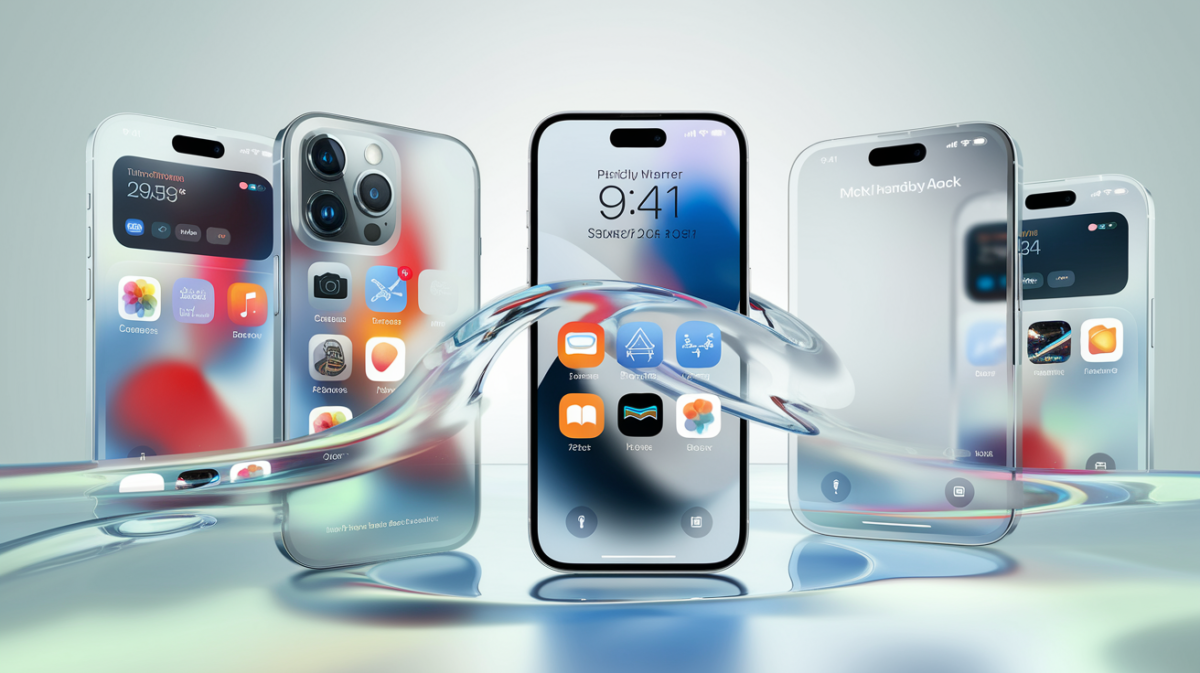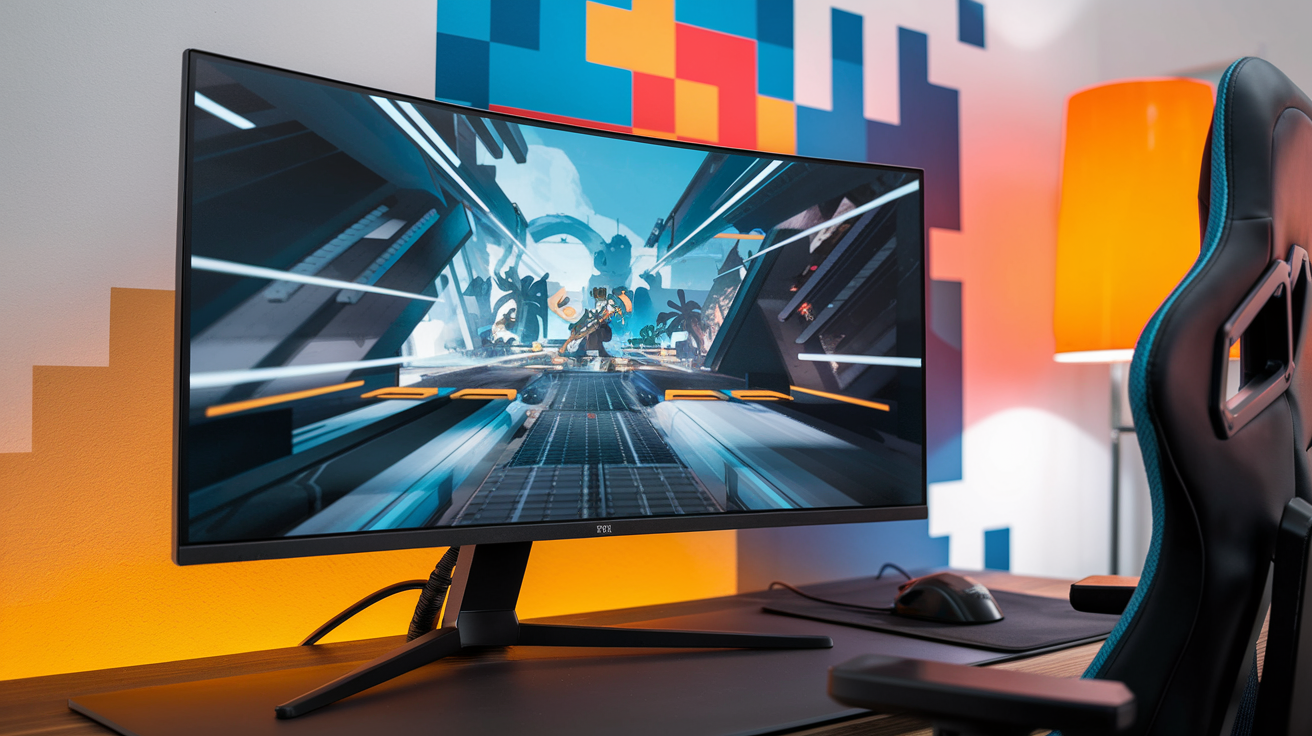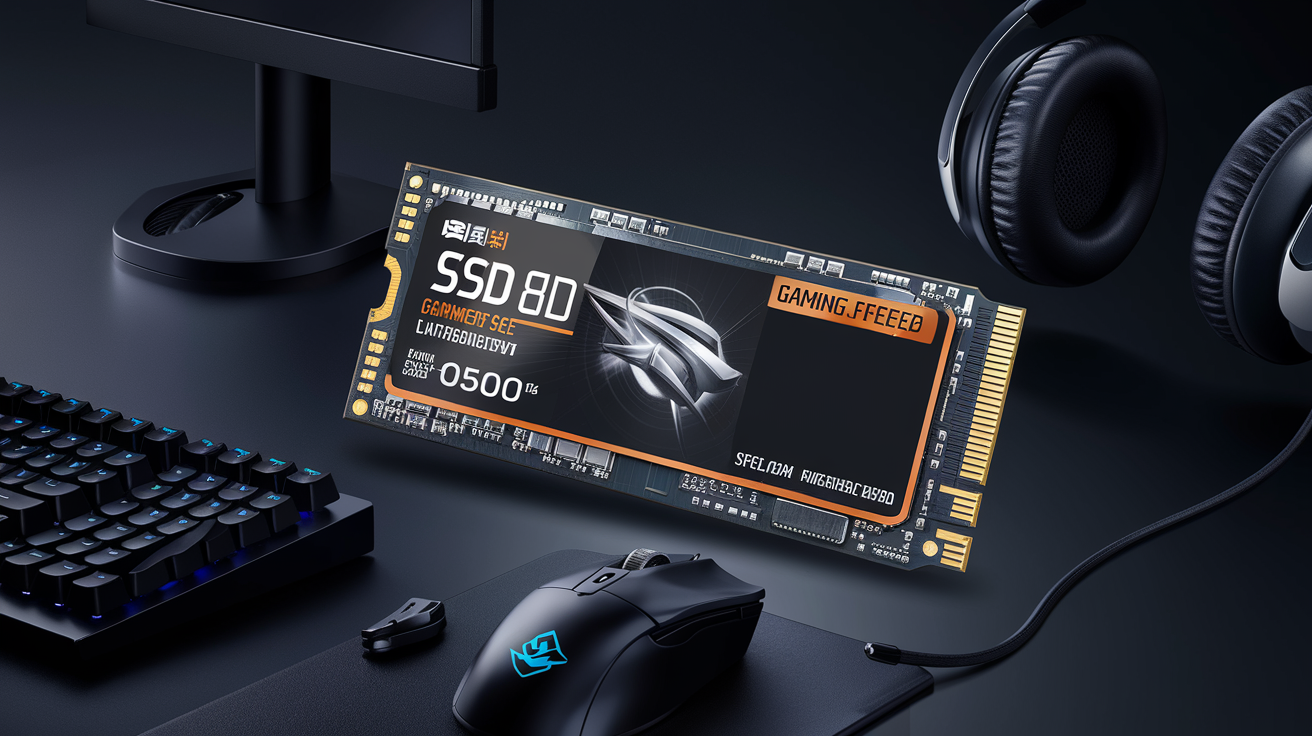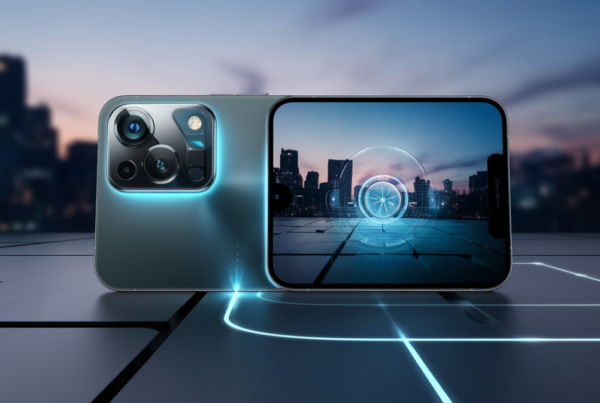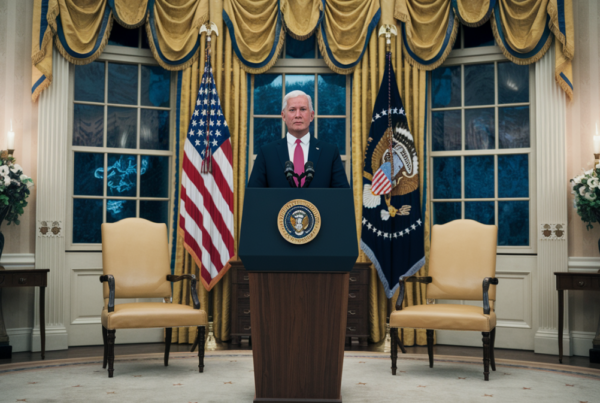Apple’s Worldwide Developers Conference (WWDC) 2025 has set the tech world abuzz with the unveiling of iOS 26, introducing the groundbreaking “Liquid Glass” design language. This visual overhaul marks the most significant shift in Apple’s interface aesthetics since iOS 7, promising a unified and immersive experience across all devices. Alongside this, rumors of the ultra-thin iPhone 17 Air have intensified, leaving fans eager for what’s next.
The Liquid Glass Revolution
The Liquid Glass design is more than just a cosmetic update—it’s a reimagining of how users interact with their devices. Inspired by the optical properties of glass, the interface features translucent elements, dynamic animations, and a fluid responsiveness to touch and motion. Here’s what makes it stand out:
- Unified Aesthetics: For the first time, iOS, iPadOS, macOS, watchOS, tvOS, and visionOS share a cohesive design language, creating seamless transitions between devices.
- Redesigned Apps: Core applications like Photos, Safari, and Camera have been overhauled with intuitive layouts and glass-like effects.
- Dynamic Lock Screen: Interactive wallpapers and widgets bring the lock screen to life, offering real-time updates at a glance.
- Smarter Widgets: Widgets are now more interactive, providing deeper functionality without opening apps.
Mixed Reactions from Users
While the Liquid Glass design has been praised for its innovation, it hasn’t been without controversy. Some users laud the sleek animations and modern look, but others worry about readability, especially on busy backgrounds. Early adopters report that the interface feels “fresh but occasionally overwhelming,” highlighting the need for customization options.
iPhone 17 Air: The Perfect Companion?
As iOS 26 debuts, speculation about the iPhone 17 Air has reached a fever pitch. Rumors suggest this model will be Apple’s thinnest yet, measuring just 5.5mm at its slimmest point. Key features expected include:
- A 6.6-inch OLED display with ProMotion technology for smoother scrolling.
- A single 48MP rear camera, focusing on computational photography.
- Enhanced battery efficiency, despite the ultra-thin profile.
The combination of iOS 26’s Liquid Glass design and the iPhone 17 Air’s hardware could redefine the smartphone experience, blending aesthetics with cutting-edge functionality.
Comparing iOS 26 to Previous Versions
| Feature | iOS 25 | iOS 26 (Liquid Glass) |
|---|---|---|
| Design Language | Flat, minimalist | Glass-like, dynamic |
| Widgets | Static, limited interactivity | Interactive, real-time updates |
| Lock Screen | Basic customization | Dynamic wallpapers, widgets |
| Cross-Device Consistency | Varied designs | Unified aesthetics |
What’s Next for Apple?
With iOS 26 and the iPhone 17 Air, Apple is doubling down on design and user experience. The Liquid Glass interface represents a bold step forward, though its success will depend on how well users adapt to the changes. Meanwhile, the iPhone 17 Air’s rumored specs suggest a device that prioritizes form and function in equal measure.
As always, Apple’s approach is deliberate, balancing innovation with familiarity. Whether these updates will resonate with the broader audience remains to be seen, but one thing is clear: the tech giant isn’t slowing down.
Final Thoughts
The launch of iOS 26 and the anticipation surrounding the iPhone 17 Air highlight Apple’s commitment to pushing boundaries. The Liquid Glass design is a testament to the company’s focus on aesthetics, while the iPhone 17 Air promises to deliver hardware that complements this vision. For now, users can look forward to a more immersive and visually stunning experience—one that might just make the upgrade irresistible.

